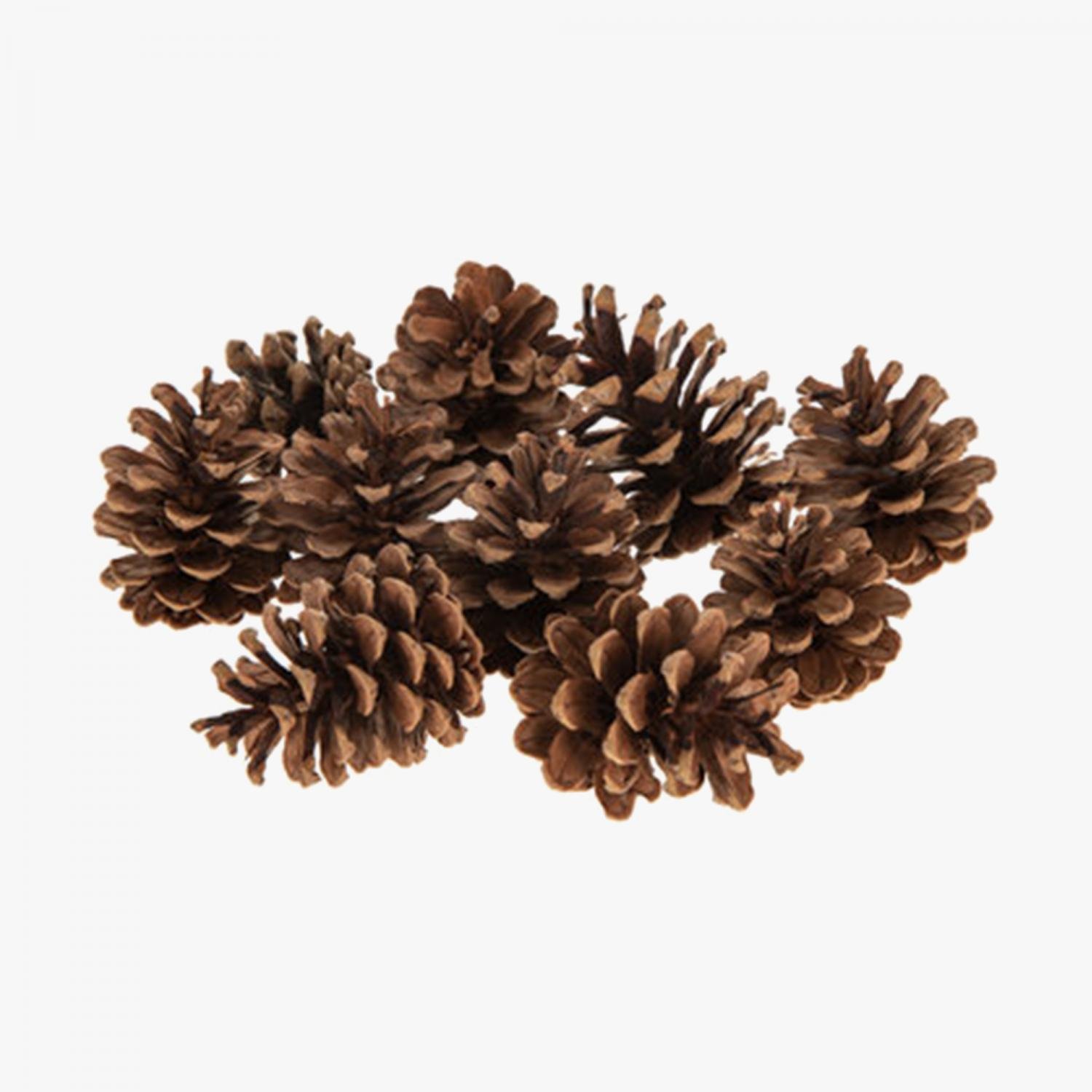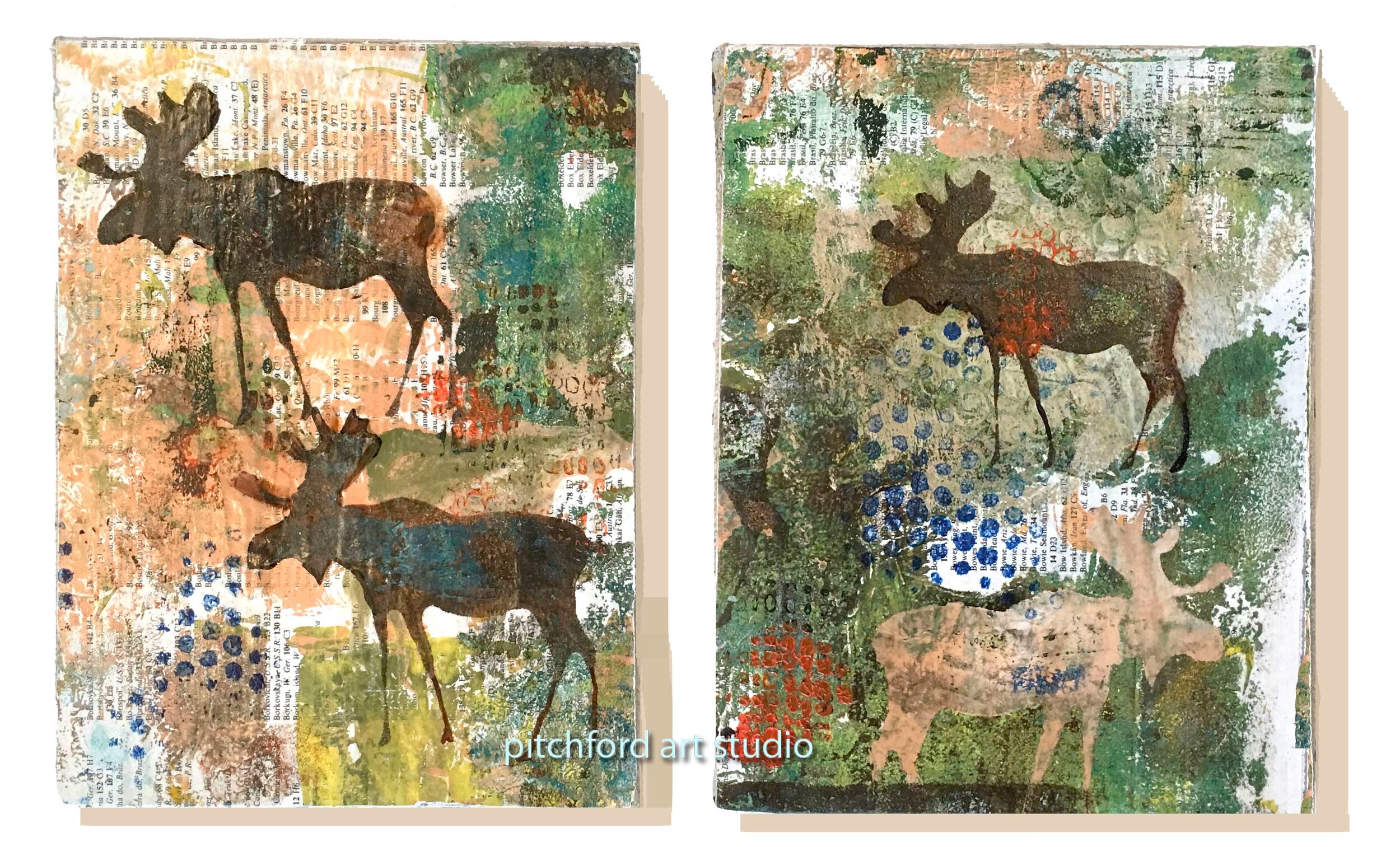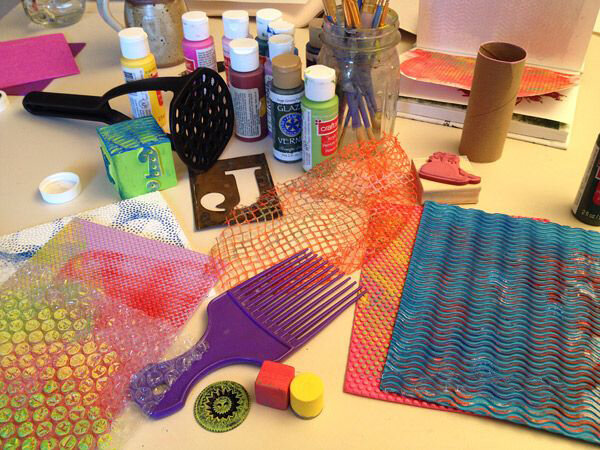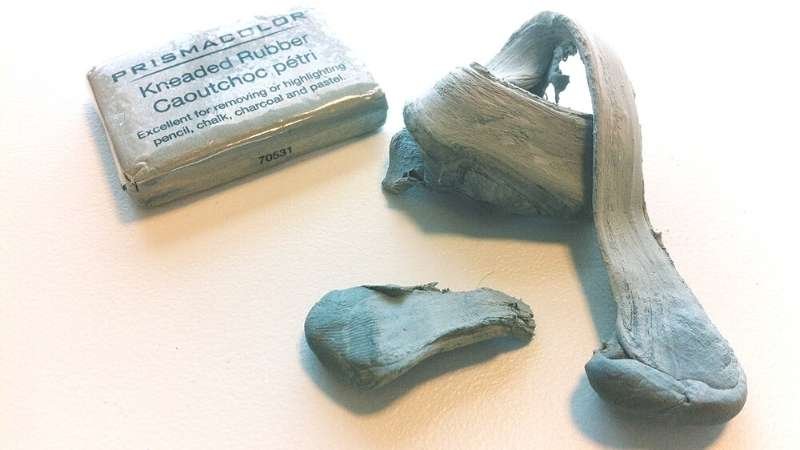I print on a variety of high quality fine art papers with a heavy weight of 310 to 340 gsm or (Grams per Square Meter). It is important to understand that the quality after purchase is highly dependent on the long-term care of this product. When you purchase from me the print comes with an archival sleeve for this reason. Once removed from this bag, I no longer take responsibility for the prints overall longevity. Be sure to store it in a sealed frame, away from heat (ultraviolet rays in sunlight can cause fading), and in a place w/ controlled humidity.
You may or may not know this, but more art prints are destroyed by the lack of knowledge about the proper care and conservation of them than any other means. This is why it was important for me to put this page here for you, a patron, so that you can have a quality print on your walls for a long time! If a print is not handled and cared for properly, the condition and look of your art print will diminish much faster than you could ever imagine. So how do you preserve the quality of your art print? The following will help you preserve them MUCH, much longer!
FIRST LETS TALK ABOUT WHY YOU NEED TO PROTECT YOUR PRINTS:
Art prints are a recreation, whether the original was digital or done by hand, what you now have in your possession is a printing of that original, on quality paper. The important thing to now realize is that this print, is in fact on paper, regardless of how nice and fancy it looks, paper has properties to it that are important to understand. Paper has a tendency to be fragile; it can wrinkle, tear, and bend, so it needs to be handled with care. Aging of a print is a natural chemical and biological process, that is supposed to happen in nature but this isn't nature now is it? So, we have to stop that from happening. There are other environmental factors, other than just the paper having aging issues that affect prints longevity. Such factors include, but are not limited to pollution, light, heat, humidity, smoke, cooking fumes, dust and air circulation. If you follow these handling and care precautions to prevent your print from showing signs of deterioration from mishandling, you SHOULD BE happy with you prints for a very long time!
Important Notes:
Do not remove print from archival sleeve provided until you are ready to frame! When handling your print, treat it as if you were a museum curator; touching only the edge of the paper, and gently placing it in/out of frames. Consider where you place your print as an important part of preservation. Do not place in direct sun light or near any heat/water source. Extreme temperature fluctuations cause expansion and contractions of paper and can cause a rippling effect on prints that are not surfaced mounted and protected by glazing. Use acrylic plastic glazing to cover your print in the frame, instead of glass because it is lightweight, it causes no condensation and acrylic plastic is offered with ultraviolet light absorbers. Prints should never have any direct contact with the glass or other glazing. Always use a window mat with frame. *Use only 100% acid free mounting and matting materials.
Remember to read everything on this page to have a FULL understanding of how to protect your prints!
The list above is just provided to give you a starting point as to how to care for your prints. The following is a more in-depth explanation of how to and why you should protect them.
SUNLIGHT & INDOOR LIGHTING
The art print’s arch-nemeses - Where you hang your print WILL have a major impact on its longevity! You should never hang your prints in direct sunlight, regardless of the type of protection/framing used. The reason is, the colors of your print can become completely faded out due to exposure of light. Remember, the print was printed with chemicals; chemicals change if the right environments are provided. Exposing prints to direct sunshine or artificial light from bulbs or fluorescent lighting is one of the worst and most frequent mistakes made by art patrons.
Much like your skin, your prints need UV protection. Pesky sun! That being said, you should use UV acrylic or glass frames to minimize the effects of harmful ultraviolet rays. Do not place lamps too close to art prints and Keep them away from direct heat sources. For example, light from light bulbs produce heat! Have you ever touched a light bulb after turning it off? IT'S HOT! Bulbs like these can damage the print! Knowing that, consider this: Most light bulbs in your house will range from 30-60watts; so the average 40 watt bulb should be no closer than 18 inches to the print.
HUMIDITY & HEATING
Humidity causes molding and discoloration spots. Storing art prints in a basement with high humidity and without air circulation will inevitably cause damage. Humidity tends to attract pests, which will inevitably cause damage to them.
During winter months, humans hate the cold, so we often overheat the house and the humidity is too low. Relative humidity should be between 40% and 60%. Having plants in the house that you water will increase the humidity or place bowls with water near heating sources or radiators. Your art works on paper and antique furniture will appreciate it. Basically, don't put them in overly humid places and don't cook them with your heaters either!
BATHROOMS
If you use prints as decor for your bathrooms, you should buy acrylic plastic glazing along with having the back of the print sealed so moisture doesn't touch the print. For many reasons, you should always have good ventilation in areas with high moisture. Moisture is not a friend of paper, try putting a piece of paper in your bathroom, take shower, and look at the paper again, after a week of doing this, it will wrinkle and look like an old man in no time! In all honesty, bathrooms aren't the best place for art prints regardless of the nature of some prints, which feel suited for a bathroom. If you have the expectation to preserve the print for longer than well, a short time, just don't put them in there, or you may need to replace them every year or so.
HEAT & TEMPERATURE
Extreme temperature fluctuations cause expansion and contractions of paper and can cause a rippling effect on prints that are not surfaced mounted and protected by glazing.
Do not hang an art print over or near heating sources or directly next to or over heating air ducts. Most homes and businesses have each room heated and sometimes in the winter months, over-heated. A permanent humidity below 40 percent will dry out the paper and make them brittle. Museums keep a constant temperature in their exhibition rooms.
OVER FIREPLACE
It is not generally recommended hanging picture art over fireplaces. Before you do, check these items carefully. The heat is directed out towards the room and not flowing upward, there is no smoke particles being released around the fireplace and check for excessive heat next to or above the fireplace. Watch the humidity in the home and hang art prints that have glazing to protect the prints.
POLLUTION
Indoor pollution that affect art prints are from acids in papers and furniture, carpets, paints, dust and dirt, among many other particulate materials or chemical fumes. So keep it AT LEAST in the plastic bag, which was provided to you at purchase.
HANDLING & STORING FINE ART PRINTS
A lot of publications will tell you to not to touch art prints with your hands and wear white cotton gloves. Sounds good, but how many people will have or will use white cotton gloves? So, be aware that the oils and contaminants on your hands will attack the print and cause discoloration and/or fading over time. What you can do is wash your hands thoroughly or put on the light, tightly fitting surgical gloves before handling prints. Whatever you do, do not get fingerprints on the image area of the print, the mount board or the mat.
Always lift the print by opposite corners (for example, top left and bottom right), letting the print gently bow or sag in the middle. Un-mounted prints and posters are vulnerable to crescent moon-shaped creases. Be careful to avoid dents and creases, since these can be very difficult or impossible to remove later
Treat your fine art print as if you were a museum curator. Handle them very carefully; your fine art print will reward you with a long life.
Very important for art collecting never trim off the borders of the art print, this area is used for handling, it's the portion you place under the matting or frame so no materials ever touch the actual printed portion, and it's where you would find or have artist signatures.
STORING PRINTS
Most of us are not storing or saving our prints professionally, we want to frame them and hang them up for show. Occasionally, we will need to store, move or ship them and prints are often damage in storage or transporting them.
For home or office storage To store keep the print in its mounted frame. If you have loose prints, they should never be stored where the face of two prints is in direct contact with each other. Put each giclee art print into a separate folder of acid-free paper and store them in a horizontal position.
You should check the placement of your prints regularly for insects. Wormholes or worm tracks caused by silverfish or other pests will destroy the aesthetic look and financial value of your fine art prints.
Glazing is important to protect the print from various types of damage resulting from sources such as smoke, ozone, cooking fumes and human touch or being abraded.
Should you use normal glass or acrylic glazing? Glass can be less expensive but heavy and will glare unless you get the non-reflective kind or museum quality glass. The non-glare glass is not one hundred percent clear and will make your print look fuzzy and affect the ability to see the details in the print. Many believe that glass with non-glare elements, even museum glass will affect the clearness of the picture.
Some will say that Acrylic plastic (high tech protective panes) are considered by most the best solution. It causes no condensation and acrylic plastic is offered with (UV) ultraviolet light absorbers. These high-tech protective panes provide a crystal-clear cover for your print, along with the added benefit of UV ray shielding. They are half the weight and 4-5 times more impact-resistant than standard framer's glass. In the rare occasion that it does break, acrylic glazing is shatter resistant and therefore much less likely to damage your artwork or cause injury.
Others will say that Glass is best but only if you get the more expensive thin museum glass. Glass is easy to cut, chemically inert, and resistant to scratches. Museum style glass has a transparent, anti-reflective coating that makes it nearly invisible. This is not the old-style frosted glass that was used to reduce glare. Museum glass has a coating similar to what is used on modern camera lenses. The coating minimizes reflections, making the glass very difficult to see. If you've ever seen a print under glass where the glass was almost invisible, you've seen museum glass.
If you live in an area prone to earthquakes or you have a larger size print you may prefer the acrylic glazing.
MOUNTING & MATTING ART PRINTS
RECOMMENDATION: It is recommended to have the print professionally dry mounted and matted with archival quality, acid-free materials.
Use only 100% acid free mounting and matting materials.
Be sure the mat separates the print from the glazing. Prints should never come in contact with or touch the glazing. You can use a 4-ply mat for prints up to 16 x 20 prints or use an 8-ply or double mat for larger prints to protect them from bowing and accidentally touching the glazing.
Larger prints need more stiffness support to keep them from bowing in the middle over time and touching the glazing. You can always use an extra layer of 100% acid free foam core attached to the back of the mount board on prints larger than 16 inch x 20 inch.
Use of tapes to fix print. Art galleries, dealers and framers may use special adhesive tapes, called archival tapes, to fix the print to the mat. This is not damaging to your print, but it may dry out within several years and possibly shift or fall off. Avoid using tapes if at all possible.
CLEANING PICTURE GLAZING (ACRYLIC OR GLASS)
Simply dust the frame and protective acrylic glazing with a soft rag or fine duster to remove surface dust. Clean the glazing surface regularly with the proper cleaner. CAUTION Spray the appropriate cleaner on a soft cloth first not the surface of the framed piece, to avoid pooling and damage to the frame, mat, and art.
To avoid damage to your acrylic glazing, do not use abrasive soaps or any commercial glass cleaner that contains ammonia or alcohol. Wipe the surface gently with a slightly moist sponge or soft rag. Dry with a soft, lint-free rag. Do not wet or clean the print directly. With a minimum of care, your custom-framed art print will provide you with a rewarding viewing experience for many years to come.
Much of this information was borrowed from Epson’s vast knowledge on caring for prints along with other Google searches and combined here for your ease in understanding the care of your archival prints.
I understand this information is not going to apply to every print someone owns or purchases. Vintage frames are sometimes the perfect fit for what your decor vision is and my prints are reasonably priced so go nuts and don’t worry too much about archival - but I do want to provide the consumer with the knowledge to make their own decision about how they will determine to care for the printed artwork.
Last word - My prints are not that expensive so buy the not archival framing material and enjoy!! Its really just up to you.
Thanks for stopping by - my print shop can be found at this link Pitchford Art Studio on Etsy

















